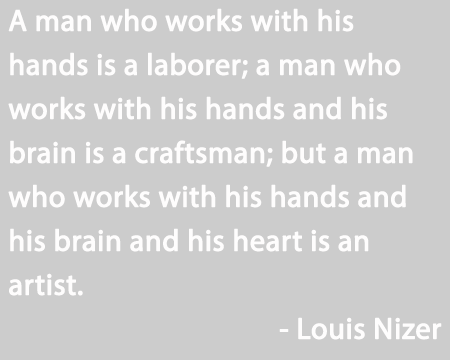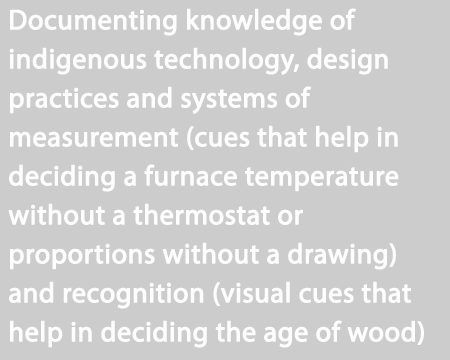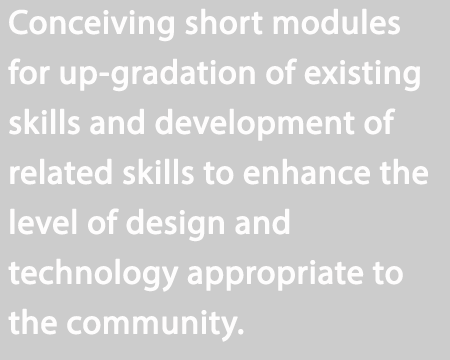2-D MECHANICAL COPIER
The idea behind the machine was to develop a contraption that could replicate a given two dimensional design with certain accuracy. Since the specimen to be copied were flat 2-d structures, only planar degrees of freedom were required of the machine. Hence it was expected that the machine have two translational degrees of freedom in the plane and one rotational degree of freedom perpendicular to the plane. Since the cutting machine can be heavy and potentially ground mounted, it was also expected of the contraption to have a moving base which can provide the required motion without moving the machine. The following design interventions were used to arrive at the desired product.
- SLIDING RAIL:- To achieve the lateral translational freedom in two perpendicular axes, two slider rails were used to the desired effect. The rails used were easily available in the market and hence easily replaceable or repairable in the case of damage. A pair of rails was mounted on the base plate which provided solid support for further mounting. Another plate was bolted on top of these rails on which one more pair were mounted, perpendicular to the previous rails, giving the desired translational freedom in two perpendicular directions.
- ROTATING MOUNT:- Two rotating mounts were placed on top of the top plate that provided for the rotational freedom. These were fashioned out of wood and were made as two mating parts that were free to rotate within one another. On top of the rotating mounts, plates were mounted on which the specimen and the raw material could be placed. To restrict and mimic the rotation, the rotating platforms were constrained using parallel bar linkages that could later be replaced by chain sprocket mechanisms. This linkage provided for identical rotation in both the specimen and the raw material, hence providing accurate copying.
- FASTENING MECHANISM:- It was required that the raw material in the form of plates be fastened securely to the rotating mount for accurate cutting. Any slippage between the plate and the raw plates would lead to distortions in the cutting. A special mechanism was designed for this purpose which was mounted on top of the rotating plate keeping the raw plates in their place. The fastening mechanism had a screw-rod mechanism, which was activated by inserting a pin in the given slot, and the rod moved up and down upon rotation and hence fastened the plates. Upon desired fastening, inserted pin could be removed which allowed for free rotation of the plates which allowed for cutting.
























